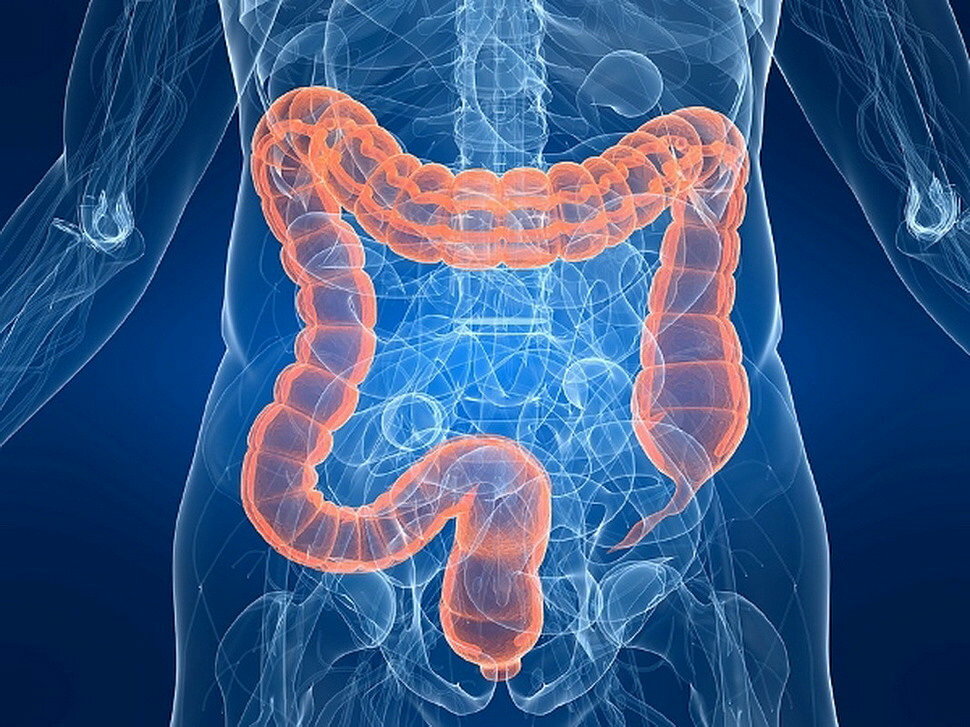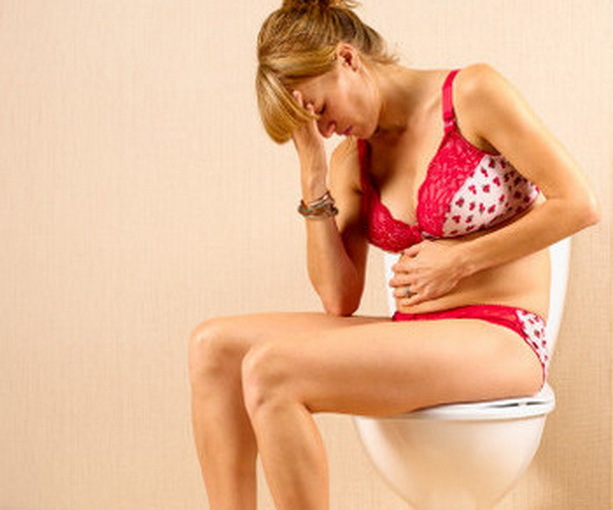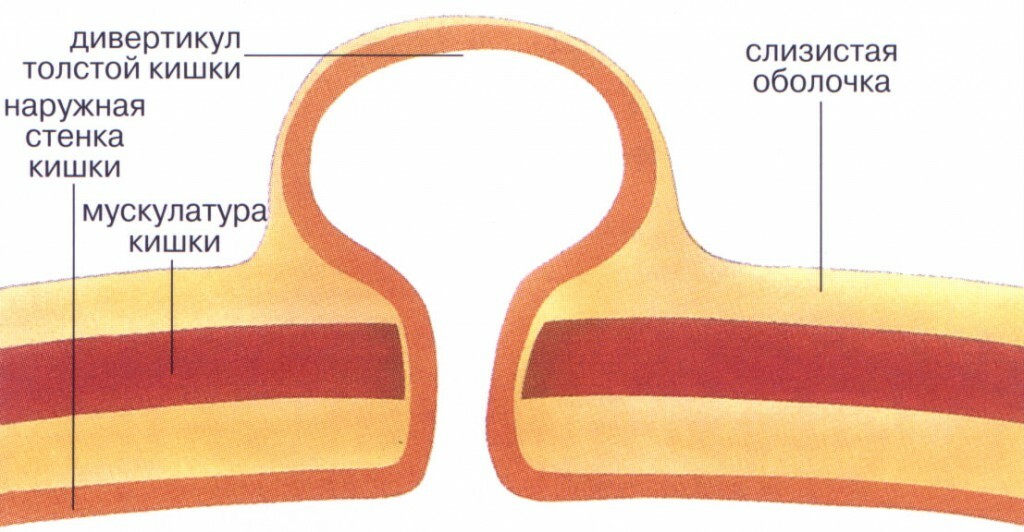Hemorrhoidal bleeding: how to stop bleeding with hemorrhoids
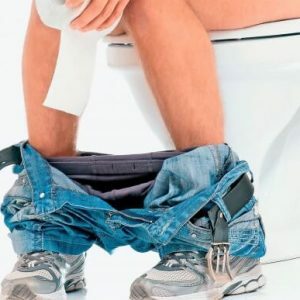
Hemorrhoids are varicose veins of the plexus of the rectum, which is accompanied by the formation of seals - nodes.According to medical statistics, this disease is diagnosed in at least 10% of the adult population.It is characterized by the gradual progression and development of a number of complications, including the loss of internal nodes and thrombosis of veins. Hemorrhoidal bleeding is a pathological condition characterized by the release of blood from cavernous bodies amidst the effects of provoking factors.Most often, it occurs during defecation, physical exertion and mechanical injuries of the nodes during hygiene procedures.
Please note! In the early stages of hemorrhoid development, bleeding may remain inconspicuous for a long time, and can only be detected when analyzing feces for occult blood.As the pathology progresses, the patient begins to notice her traces on the toilet paper and even on the surface of the fecal masses.
Table of contents: Causes of hemorrhoidal bleeding Symptoms of pathology Diagnosis How to stop bleeding with hemorrhoids?Causes of hemorrhoidal bleeding
It is believed that men suffer from chronic hemorrhoids and concomitant bleeding because they are more likely to engage in heavy physical work and pay less attention to healthy lifestyles.However, , this pathology is recorded in almost 80% of pregnant women and women giving birth, and with each repeated birth the probability of a pathological change in the veins of the rectum increases. The most common hemorrhoids are diagnosed in persons aged 30 to 50 years.
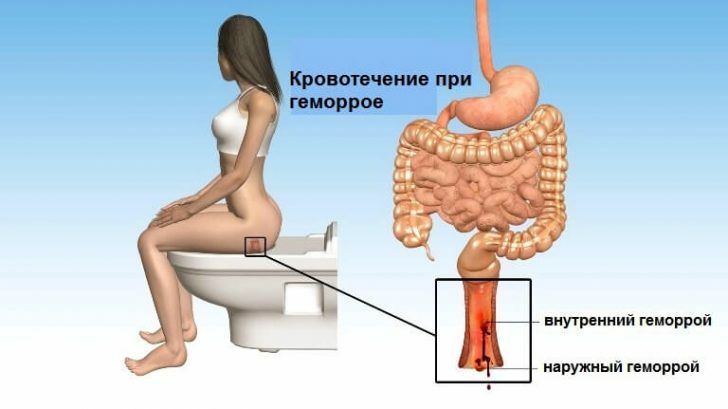
The formation of branched cavernous sinuses - cavities separated by thin walls, contributes to the violation of the innervation of the veins and functional underdevelopment of connective tissue. In many cases it is possible to speak with confidence about a hereditary predisposition to the development of hemorrhoids.
Immediate cause of hemorrhoidal bleeding is damage to cavernous bodies.The nodes are susceptible to hyperplastic changes due to active blood flow through the arterioles.Their walls are thinned due to a violation of local blood flow and venous stasis.On the surface of the formations erosive lesions and tears are formed, from which blood is extracted under strong straining. Hemorrhoidal bleeding often results from an increase in venous pressure against a background of chronic constipation and frequent diarrhea.
The main risk factors for hemorrhagic hemorrhoids:
- sedentary work;
- a sedentary lifestyle( hypodynamia);
- significant physical activity;
- long stay in an upright position;
- inaccuracies in the diet( including the abuse of fatty, fried and spicy food);
- frequent alcohol intake;
- pregnancy;
- portal hypertension in severe liver damage;The weight of the
- ( obesity).
Important: under the influence of provoking factors internal nodes have the ability to migrate( fall down) along the anal channel.As the pathology progresses, varicose plexuses fall outside, which significantly increases the likelihood of their traumatic injury accompanied by bleeding.
Symptoms of pathology
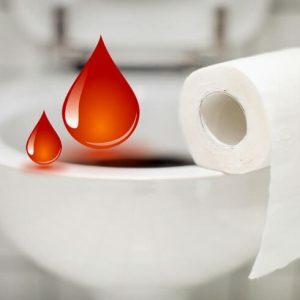 The main symptom of hemorrhoidal bleeding is the appearance of bright red scarlet blood from the anus .They are found after emptying the bowels on toilet paper and feces.
The main symptom of hemorrhoidal bleeding is the appearance of bright red scarlet blood from the anus .They are found after emptying the bowels on toilet paper and feces.
Important: clots of dark blood indicate bleeding in higher locations of the digestive tract.
Blood spots can be detected even on the patient's underwear and bedding.In most cases, episodes of bleeding are not accompanied by pain.Most often, the blood stops standing after the end of the strain, but the situation is repeated at the next defecation.
The most severe bleeding develops when a combination of hemorrhoids with prolapse of the rectum.The loss of blood can be so great that the patient develops a clinical picture of iron deficiency anemia.Its signs are in particular a decrease in working capacity, general weakness, dizziness, tinnitus and even fainting.
In terms of severity, hemorrhoidal hemorrhage is conventionally divided into abundant and uninvolved.In the first case, blood is excreted massive( even splashes are possible).In the second - a small amount of blood is allocated only against a background of long constipation.
Hemorrhoidal bleeding is often accompanied by other pathologies of the anorectal region - anal fissures, rectal fistulas and paraproctitis.
Damage to the mucous membrane covering the nodes, can cause infectious and inflammatory complications.They are accompanied by an increase in body temperature and the appearance of secretions of a mucous and purulent nature.
Diagnosis
During the diagnosis of bleeding from the hemorrhoids, an external examination and finger examination are performed.With their help, the very fact of the presence of cavernous bodies, their localization, size and degree of mobility is established.
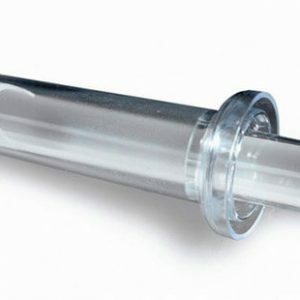 If there is no acute symptomatology, endoscopic procedures are applied additionally - anoscopy and sigmoidoscopy( examination of the rectum and sigmoid colon).If there are indications for examination of all parts of the large intestine, resort to a colonoscopy.
If there is no acute symptomatology, endoscopic procedures are applied additionally - anoscopy and sigmoidoscopy( examination of the rectum and sigmoid colon).If there are indications for examination of all parts of the large intestine, resort to a colonoscopy.
Note: preparation for the study involves diet compliance for 1-2 days and cleansing of the intestines through enemas or laxatives.
In the diagnosis, irrigoscopy is widely used - X-ray examination with the previous retrograde introduction of contrasting suspension of barium sulfate into the intestinal lumen.
Endoscopy allows differential diagnosis of hemorrhoids, ulcerative colitis, diverticulum, polyps, anal fissures and malignant neoplasms, which can also cause bleeding.
To exclude portal hypertension, an ultrasound scan of the abdominal organs is performed, which in particular determines the presence or absence of significant structural changes in the liver.
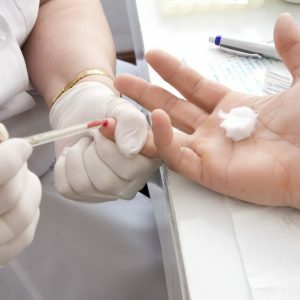 In parallel, a number of tests are carried out - laboratory examination of feces for latent blood, OAK and biochemical blood test.With frequent and abundant blood loss, the number of red blood cells decreases and the total hemoglobin falls.If there is leukocytosis( with a shift of the formula to the left), this allows you to suspect the presence of purulent complications.Biochemical analysis is required to evaluate liver function.It is advisable to conduct a study of the state of the coagulation system;With violations of hemostasis, hemorrhoidal bleeding is associated with greater blood loss.
In parallel, a number of tests are carried out - laboratory examination of feces for latent blood, OAK and biochemical blood test.With frequent and abundant blood loss, the number of red blood cells decreases and the total hemoglobin falls.If there is leukocytosis( with a shift of the formula to the left), this allows you to suspect the presence of purulent complications.Biochemical analysis is required to evaluate liver function.It is advisable to conduct a study of the state of the coagulation system;With violations of hemostasis, hemorrhoidal bleeding is associated with greater blood loss.
How to stop bleeding with hemorrhoids?
To treat hemorrhoidal bleeding, both conservative methods and surgical interventions-minimally invasive and radical-are used.
Ointments and suppositories for hemorrhoids with bleeding
In case of uncomplicated hemorrhoids and rare ungual bleeding, local anti-inflammatory therapy( administration of preparations in the form of ointments and rectal suppositories) and venotonic administration inside are indicated.
Note: the most effective drugs are Detralex, Troxerutin, Troxevasin and Ginkor Fort.Rapid healing of erosions and microcracks of the mucosa is facilitated by Relief Ultra. Diagnosed thrombosis is an indication for the appointment of Hepatrombin and Proctosedil.With intense pain syndrome, anal itching and burning sensation, Ultraprotect and Anusol are prescribed, as well as medicines from groups of analgesics and NSAIDs.
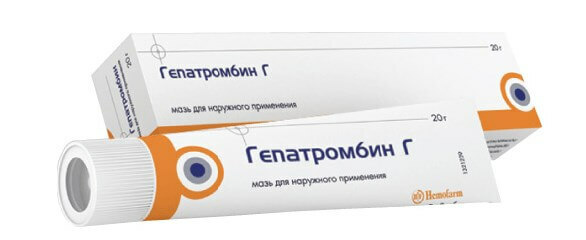
During the period of exacerbations, sedentary baths with an antiseptic are useful for relief of the condition.In warm water, add potassium permanganate( manganese) until a pale pink solution is obtained.The duration of each procedure is 15-20 minutes.
Important: if bleeding lasts more than half an hour, local ice should be applied and an "emergency room" called.
With frequent episodes of hemorrhoidal hemorrhage and concurrently developing complications( thrombosis of hemorrhoidal veins and the prolapsing of nodes outwards), symptomatic therapy is first conducted for 5-7 days, aimed at relief of acute symptoms.Then( without exacerbation) resort to surgical intervention.
Folk remedies for hemorrhoidal bleeding
 The folk remedies for halting hemorrhoidal bleeding include:
The folk remedies for halting hemorrhoidal bleeding include:
- lotions with diluted pharmacy tincture of calendula;
- microclysters with decoction of bilberry and rhizome rootgrass;
- lotions and microclysters with decoction of oak bark;
- an introduction to the anus of a tampon with a Vishnevsky liniment.
Operations for hemorrhoidal bleeding
Minimally invasive operations that do not always require hospitalization include infrared, laser and electrical( bipolar) coagulation. Sclerotherapy is also widely used, involving local administration of substances that cause desolation, collapse and subsequent biodegeneration of pathologically altered veins.An effective technique is the cryodestruction of units with liquid nitrogen, but it is used comparatively rarely.
A more serious intervention is the ligation of the latex rings of arterioles that supply blood to the cavernous bodies of .After cessation of nutrition, pathological formations fall off together with the rings, and the wound formed safely heals within 1-1.5 weeks.
In case of ineffectiveness of conservative and minimally invasive methods, open intervention is used - hemorrhoidectomy.
Diet for hemorrhoids with bleeding
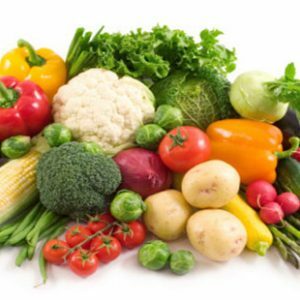 Very important is the strict adherence to a diet aimed at normalizing intestinal peristalsis( to prevent constipation). It is advisable for a patient to consume as much plant food as possible( vegetables and fruits with a slight laxative effect). It is advisable to adhere to the fractional nature of food, ie, to consume food in small portions 5-7 times a day .In the diet should include bread from flour with bran, barley and oatmeal, as well as cabbage, zucchini, beets and other fiber-rich vegetable crops.Fruits can be consumed in unlimited quantities( with the exception of bananas having a fixing effect).Potatoes and rice are recommended to eat no more than 2-3 times a week.Of meat products, preference should be given to chicken and low-fat beef.Compliance with the drinking regime is very important.
Very important is the strict adherence to a diet aimed at normalizing intestinal peristalsis( to prevent constipation). It is advisable for a patient to consume as much plant food as possible( vegetables and fruits with a slight laxative effect). It is advisable to adhere to the fractional nature of food, ie, to consume food in small portions 5-7 times a day .In the diet should include bread from flour with bran, barley and oatmeal, as well as cabbage, zucchini, beets and other fiber-rich vegetable crops.Fruits can be consumed in unlimited quantities( with the exception of bananas having a fixing effect).Potatoes and rice are recommended to eat no more than 2-3 times a week.Of meat products, preference should be given to chicken and low-fat beef.Compliance with the drinking regime is very important.
In a day you need to drink at least one and a half liters of clean water ( in the hot season - one and a half to two times more).200 ml of water( without gas) is recommended to be consumed in the morning on an empty stomach.From coffee, strong tea, fat cheeses, kissels and sodas, it is necessary to abstain until the end of the course of treatment.
The patient is absolutely counter-indicative of serious physical activity.It is recommended the implementation of special sets of gymnastic exercises.
The most important measures for the prevention of bleeding from the venous plexus of the rectal zone and their complications include:
- adherence to the recommended diet;
- restriction of physical activity;
- active way of life( regular walks and gymnastics);
- rejection of bad habits;
- strict adherence to the rules of hygiene of the anorectal area.
With early detection of hemorrhoidal hemorrhages and timely initiated complex therapy, the prognosis for complete cure is quite favorable.The likelihood of relapse is significantly increased if the patient seeks help from the proctologist already at advanced stages of the disease.
Plisov Vladimir, medical reviewer

